Meaning of the Elasticity of Demand
The Elasticity of Demand is related to the Law of Demand, it is the measure of the change in the demand of a commodity with respect to the change in the price of the commodity. In simple words, elasticity of demand refers to an increase or decrease in demand, which occurs due to the increase or decrease in the price of a commodity.
Definition
In the words of Eastham,
The difference that occurs in the demand of a commodity, due to change in its price is called Elasticity of Demand.
Degree of Elasticity of Demand
The Elasticity of Demand can be divided into 5 categories
- Elastic Demand
- Highly Elastic Demand
- Inelastic Demand
- Perfectly Elastic Demand
- Perfectly Inelastic Demand
Elastic Demand
When the change in demand is in the same proportion as the change in price, it is called Elastic Demand.
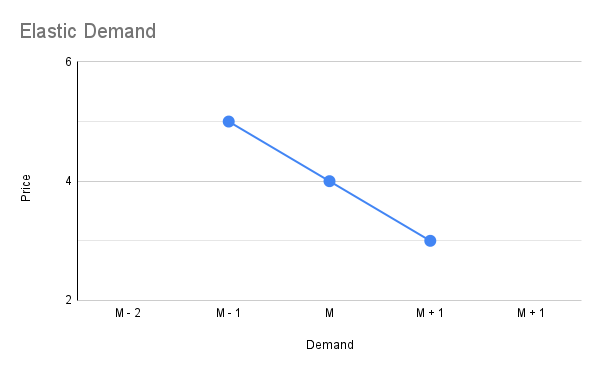
For example, a decrease of 20% in the demand (M) for scooters is due to an increase of 20% in the price (K). The difference between the change in demand and the change in price is equal. Thus, due to equal difference, it is called Elastic demand.
Highly Elastic Demand
When the change in demand for a commodity is more in proportion to its price, then demand is called Highly Elastic Demand.
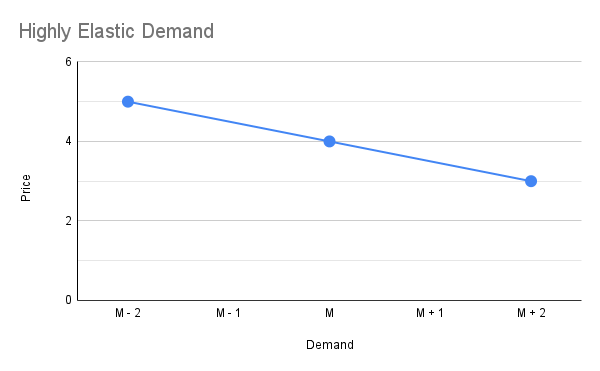
For example, a decrease of 20% in the demand for scooters due to an increase of 10% in price. Under highly elastic demand, the increase or decrease in demand is more than the increase or decrease in price. That is why it is called Highly Elastic Demand.
Inelastic Demand
When a big change in the price of a commodity causes proportionately a smaller change in its demand, it is called Inelastic Demand.
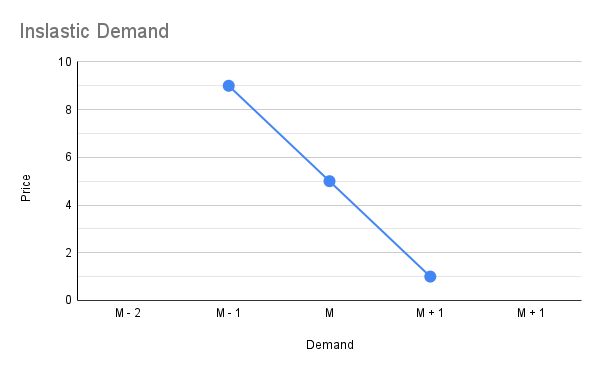
For example, a fall in demand by 10% due to a rise in price (K) of scooters by 20%. Under inelastic demand, a rise or fall in demand is less than a rise or fall in prices. That is why, it is called Inelastic Demand.
Perfectly Elastic Demand
If without any change in the price of a commodity, its demand changes considerably, then this kind of demand is called Perfectly Elastic Demand. But in practical life, such demand is inexistent, thus, it is only a theoretical concept.
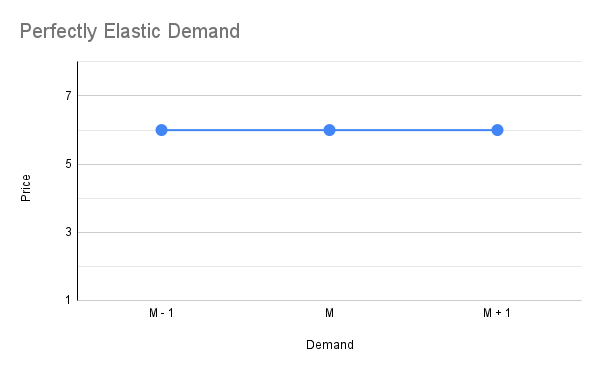
For example, without any increase in the price of scooters (K), increase or decrease of demand in a definite percentage. In such a situation demand is called Perfectly Elastic.
Perfectly Inelastic Demand
When even after a considerable change in the price of a commodity there is no change in its demand, then the demand for such a commodity is called Perfectly Inelastic Demand. In fact, this condition is also theoretical and is not found in practical life.
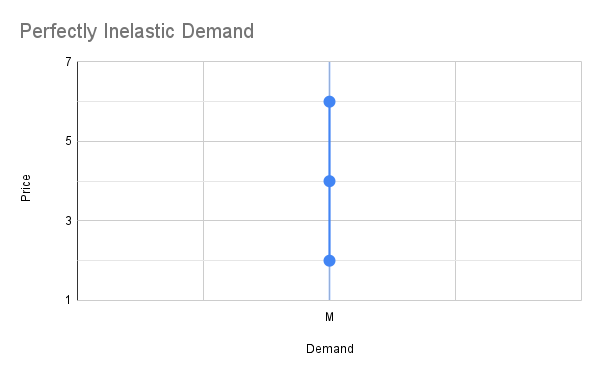
For example, no rise or fall in the demand (M) for scooters even on considerable rise or fall in its prices. In such a situation demand will be called Perfectly Inelastic Demand.
